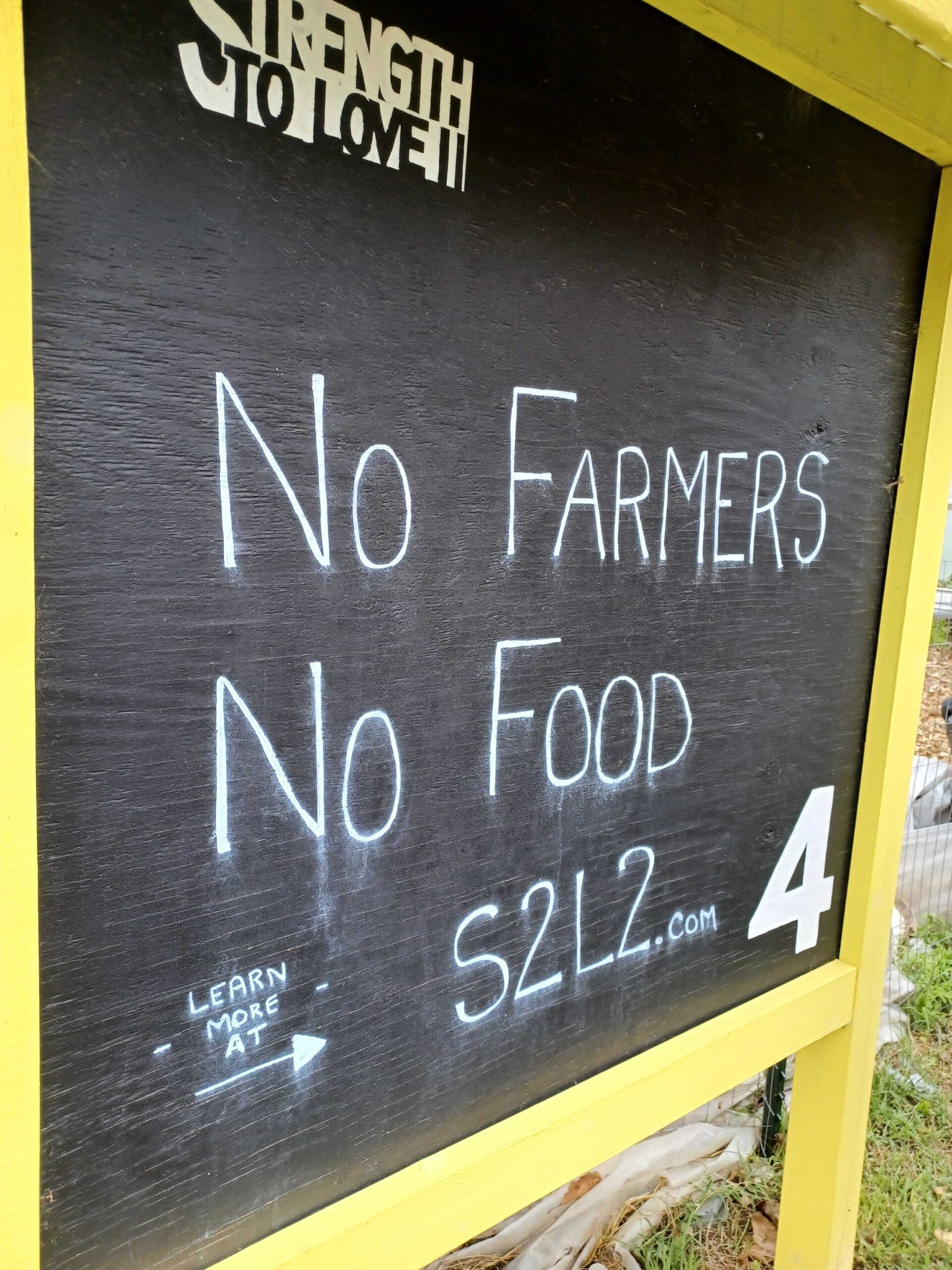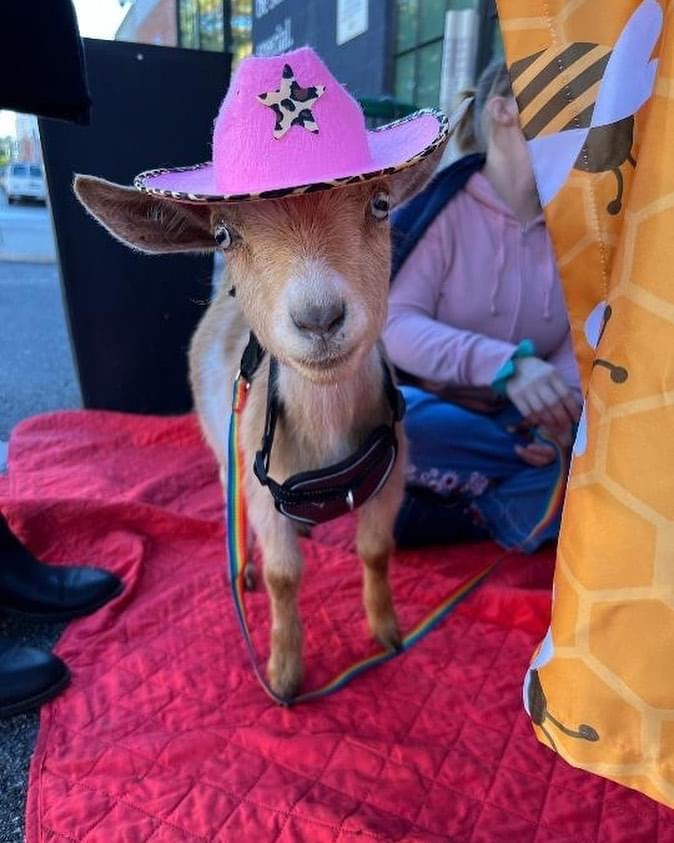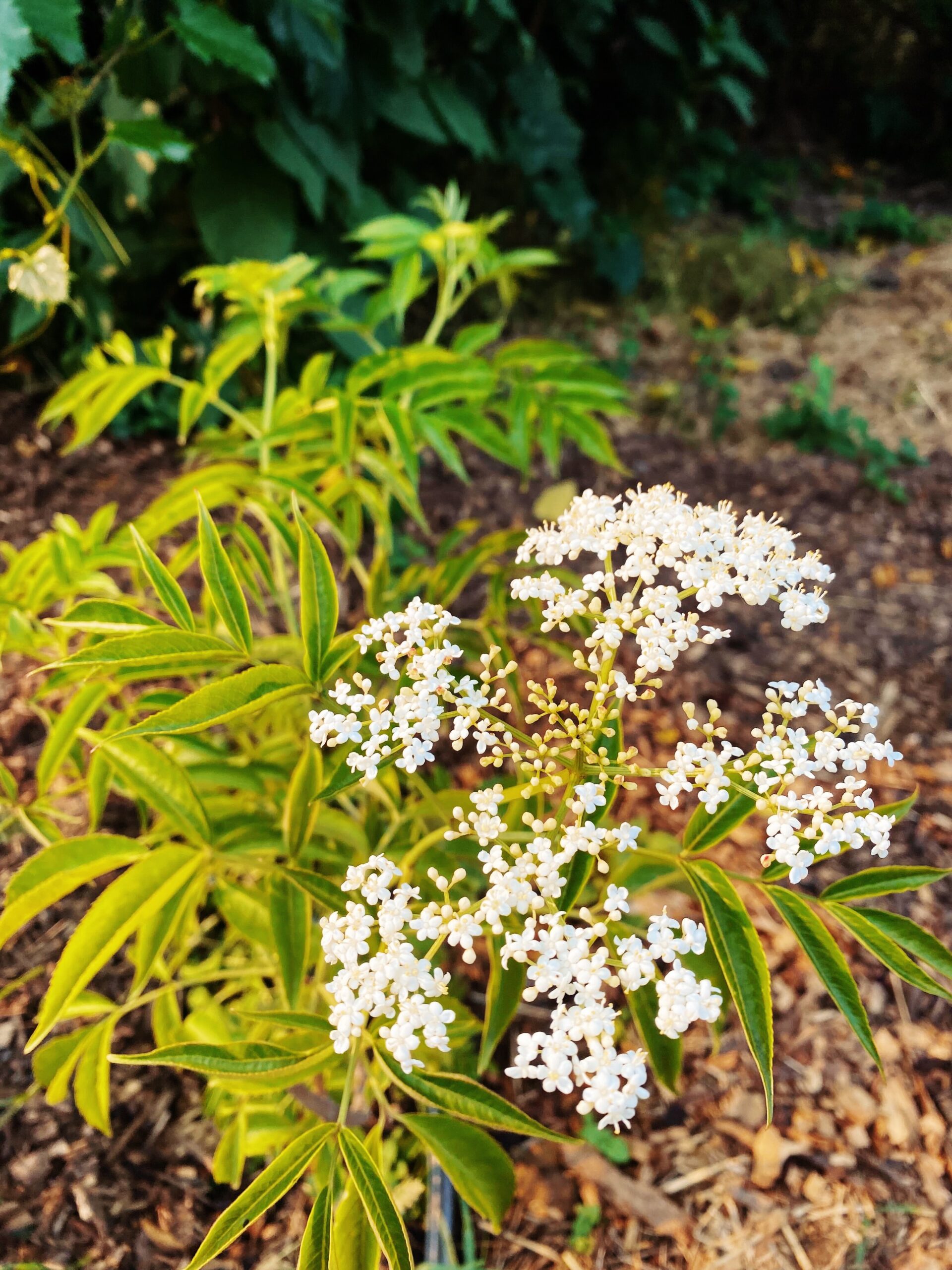News from Coordinator Chrissy
The garden is buzzing with activity, and there is so much beauty this time of year! Our community gardeners have planted all of their spaces. With a lot of time, effort, and tons of volunteer help, we have planted our native garden! Everything has truly come to life.
I recently had the opportunity to go on a tour with our new grantor Nature Sacred, to some local urban gardens/farms, where we were able to see how these green spaces in the Baltimore area are supporting the needs of their communities. The folks that I met have the same or similar missions: to strengthen food security and to teach urban farming/gardening, so generations to come will know how to be self-sustaining.

That morning, we met in the parking lot of Stillmeadow Community Fellowship on Frederick Avenue, to visit with Pastor Mike at the adjoining property known as Peace Park. The majority of their property is forest area, but they are still growing and teaching sustainability through gardening.

Our next stop that day was at Strength to Love II Urban Farm. This farm is a 1.5 acre site with hoop houses for growing. Must see: their absolutely gorgeous murals!

Next on our tour was BLISS Meadows, a 10-acre urban farm and teaching site to help reconnect BIPOC people to nature. They have a great property that gives them room for growing veggies and other plants, animals such as their chickens and goats, and a really cool mud-kitchen in their wooded area! Fun fact, our goat Twinkie is the uncle of two of BLISS Meadow’s goats!

The entire day was great for connecting with community leaders, networking, and sharing what works in certain situations. We are all anticipating the work coming up with Nature Sacred on our upcoming upgrades and additions. (See the invitation to our Open House on June 28.)

We’re also looking forward to seeing everyone on July 8 at Filbert Fest, our annual anniversary celebration. It’s sweeter this year because we’re celebrating acquisition of our land deed, and presenting our Protectors of the Garden awards. All welcome; always free.






